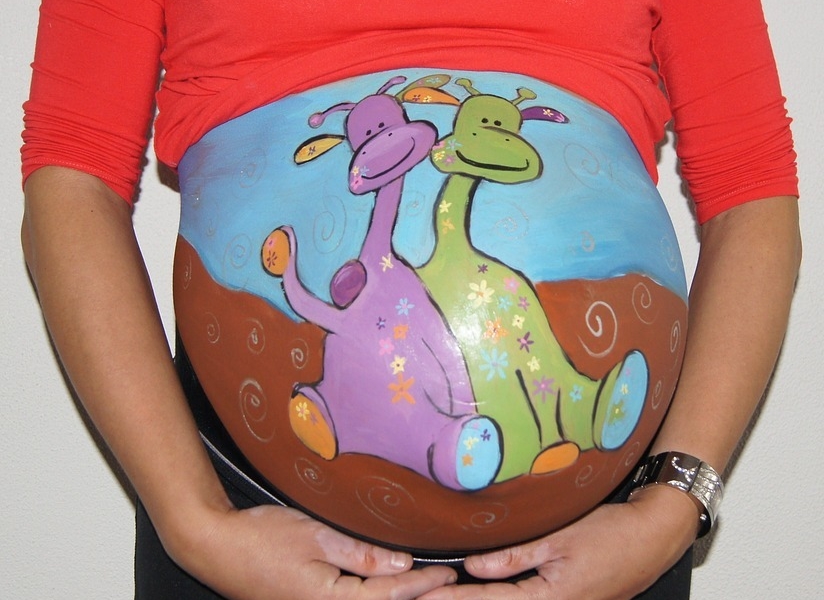
Complications Associated With Twin Pregnancy
18 Jun 2018 | 3 min Read
Babychakra
Author | 1369 Articles
Twin pregnancy is an exciting thing as every joy linked to childbirth gets two-fold! However, there are some complications related to twin pregnancy that you need to be cautious about.
While the majority of these hitches just add to the discomfort of the mother and are rarely serious, it helps to steer clear of any complications and ensure a safe delivery. These complications related to twin pregnancies are mostly unavoidable and can be managed by constant monitoring and by consulting with your gynaecologist.
So what are these Complications Related to Twin Pregnancy?
Premature labour is the most common issue that a mother pregnant with twins faces as the growing fetus start getting cramped beyond a point inside the uterus. There are some other conditions that you may need to be wary of while carrying twins.

Hypertension Induced by Pregnancy or Preeclampsia
High blood pressure is a common effect of pregnancy. But with twin or multiple pregnancies, the probability of hypertension is higher. This, if ignored, can lead to the premature growth of the babies or even stillbirth. Though preeclampsia can be managed for some time by monitoring the salt intake of the pregnant mother and by increasing her fluid intake, a c-section is usually advised for severe cases.
Gestational Diabetes
Again, this is a condition which has a higher chance in case of twin pregnancies. Since the mother has two placentas (or in case of placenta sharing, a bigger placenta) in her uterus, there is an increased resistance for insulin production which raises the blood sugar level to a great extent. This can be managed by diet control, medicines, and in severe cases, through insulin shots.
Complications due to Fetal Positions
Since there are two fetuses inside the womb, there is a restriction in movement leading to abnormal fetal positions which might decrease your chances of a normal delivery. Consult your gynaecologist and try simple exercises that can turn the positioning of your twins naturally.

Growth Complications
This is a rare but probable complication related to twin pregnancy, especially in case of twins sharing the same placenta. In this, the blood supply from one fetus to another gets shunted, resulting in one fetus getting more oxygen supply than the other. Sometimes, this might lead to one twin becoming weaker and with lesser birth weight than the other one. Your doctor would advice multiple ultrasound scans and monitor the growth of both your babies in such cases.
Haemorrhage Post Delivery
Normally, after delivery, your uterus would continue the process of contractions to deliver the placenta as well. This would ideally compress the blood vessels stopping the bleeding. However, sometimes when you carry two placentas or two babies, your uterus would not be able to compress the blood vessels efficiently resulting in prolonged bleeding which might lead to haemorrhage.
Your doctor might advise you to empty your bladder within an hour of delivering and might massage your uterus to minimize the risk of haemorrhage and expel any clots naturally. Breastfeeding also helps as it releases oxytocin, a hormone that helps your uterus contract further.
Giving birth to two babies would surely take a toll on your health and would require excessive care and rest pre and post delivery. Though most of the above-mentioned conditions can be managed medically, you need to be extra careful and learn to read the warning signs well in advance.
Also read: Twin Pregnancy: Understanding Complications And Care
A


Related Topics for you
Suggestions offered by doctors on BabyChakra are of advisory nature i.e., for educational and informational purposes only. Content posted on, created for, or compiled by BabyChakra is not intended or designed to replace your doctor's independent judgment about any symptom, condition, or the appropriateness or risks of a procedure or treatment for a given person.
